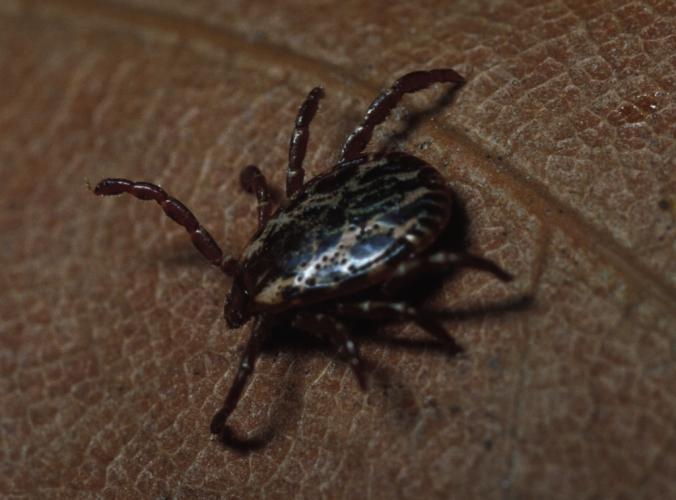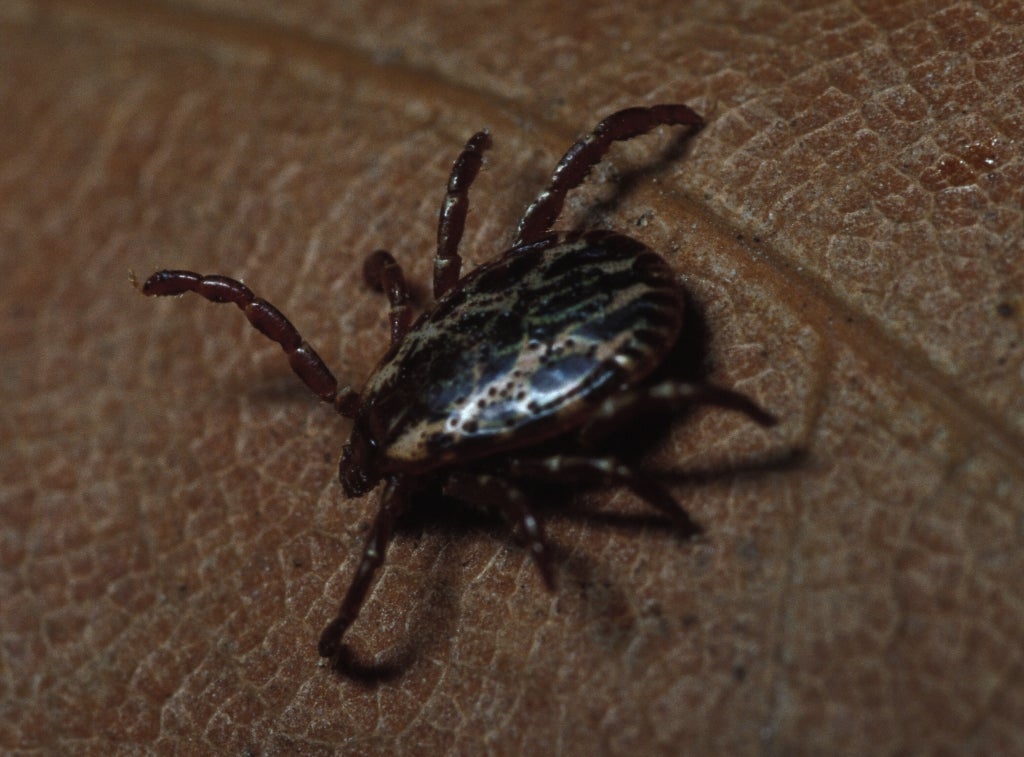
Xplor reconnects kids to nature and helps them find adventure in their own backyard. Free to residents of Missouri.


































Stay in Touch with MDC news, newsletters, events, and manage your subscription

Xplor reconnects kids to nature and helps them find adventure in their own backyard. Free to residents of Missouri.

A monthly publication about conservation in Missouri. Started in 1938, the printed magazine is free to residents of Missouri.


Normal 0 false false false EN-US X-NONE X-NONE /* Style Definitions */ table.MsoNormalTable {mso-style-name:"Table Normal"; mso-tstyle-rowband-size:0; mso-tstyle-colband-size:0; mso-style-noshow:yes; mso-style-priority:99; mso-style-parent:""; mso-padding-alt:0in 5.4pt 0in 5.4pt; mso-para-margin:0in; mso-para-margin-bottom:.0001pt; mso-pagination:widow-orphan; font-size:10.0pt; font-family:"Times New Roman","serif";} JEFFERSON CITY, Mo. – Summertime is hunting, fishing, camping, and hiking time. It also is tick time, and the Missouri Department of Conservation reminds those visiting conservation areas to take time to prevent tick bites.
Ticks can transmit diseases, including ehrlichiosis, tularemia, anaplasmosis, Lyme disease, Rocky Mountain spotted fever, and Southern tick-associated rash illness (STARI). The risk of contracting these illnesses is small but serious, so it is worth taking a few simple precautions to avoid them.
Protective clothing is the first line of defense against ticks. When outdoors, wear long-sleeved shirts, long pants, and boots with pants tucked into socks or boots. Rubber bands, blousing bands, or tape can be used to secure the cuffs of your pants.
Once indoors, conduct a thorough tick check and shower as soon as possible to remove any unattached ticks. Tumble clothes in a dryer on high heat to kill remaining ticks before washing your clothing.
Insect repellents also reduce the risk of being bitten. Products containing DEET are most effective. Apply DEET-based repellent on exposed skin and clothing. Use a product with at least a 20-percent concentration. Lower concentrations do not repel lone-star ticks, Missouri’s most common ticks. Essential oils and natural products are not registered by the U.S. Environmental Protection Agency for tick repellency. Be sure to follow label instructions to ensure safety and best results.
Products containing permethrin can be applied to clothing and equipment but not directly to skin. Garments must be allowed to dry thoroughly before wearing. These products kill ticks rather than merely repelling them. Again, be sure to follow label directions.
Most tick-transmitted diseases are not transferred to the host until the tick has been feeding for some time. The earlier the tick is located and removed, the less the chance of being infected with a tick-borne disease. When you are active outdoors, never allow more than a few hours to pass without a tick inspection.
Remove any attached ticks immediately. Proper removal is important, because improper removal can increase the likelihood of infection. Follow these steps to remove a tick that is already attached.
Watch for symptoms of tick-borne disease in the days and weeks following a tick bite. These include any unusual rash and unexplained flu-like symptoms, including fever, severe headaches, body aches, and dizziness.
Symptoms of tick-borne diseases often are mild, but they should not be ignored. If you know you’ve been bitten by a tick and any of the above symptoms appear, consult a doctor and mention the recent tick bite. Prompt treatment with antibiotics can prevent serious illness or even death.
For more information about tick-borne diseases, visit cdc.gov/ticks/resources/Hunterfactsheet.pdf and cdc.gov/ticks/diseases/.